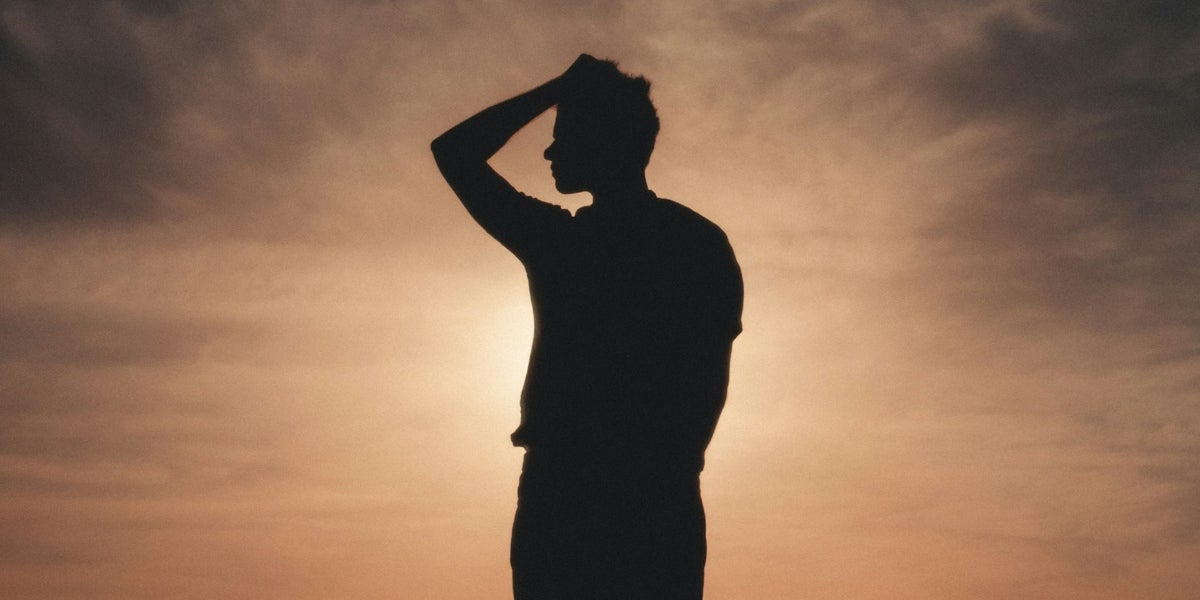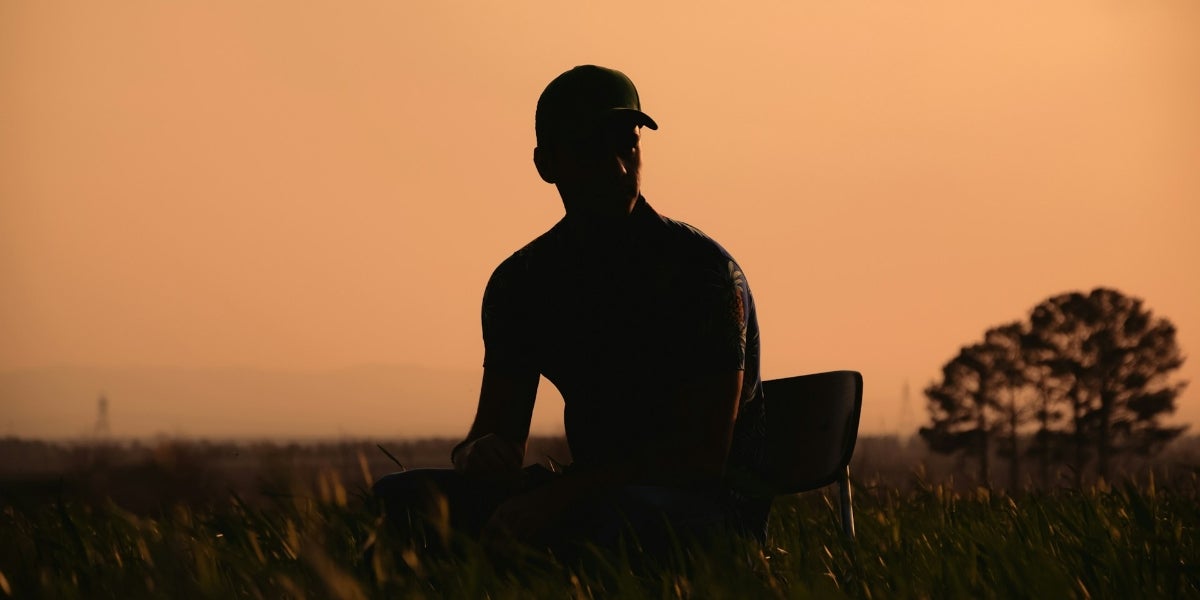How will Rising Temps Affect Outdoor Activities in the Coming Years?
Martin Banks 08.19.24

Rising temps have made outside activities more difficult to plan and participate in. It’s getting harder to enjoy a summer afternoon without the discomfort of a record-breaking heatwave. So, what should you keep in mind as we move into the second half of the 2020s? Here’s what you need to know.
1. Avoiding the Worst Heat Times
Rising temperatures make outdoor activities more difficult in the daytime, considering the peak temperatures and ultraviolet (UV) rays. Experts say the sunshine is strongest between 10 a.m. and 4 p.m., meaning exposure is a liability during these times. What can you do to beat the heat? Your events should work around the day’s worst temperatures and UV rays.
In the future, outdoor activities will likely move toward early morning or late evening to take advantage of cooler temperatures. For example, hikes can become dangerous in the middle of the day. In response, hiking enthusiasts or guided tours may have to push their activities up. Golf courses may ask customers to schedule earlier tee times for safety reasons.
2. Prolonging the Summer Heat
The worst heat typically occurs in July and August, depending on where you live. However, rising temperatures mean the summer’s heatwaves could continue into September and October. A 2024 Drexel University report found summer is 30 days longer than in previous decades. If you remember having four seasons in your childhood, you may be onto something.
Longer summers could be advantageous for enjoying hot weather or running a summer-oriented business. For example, suppose you run an ATV photography business in Michigan’s Upper Peninsula. This northern region has a shorter summer due to its cooler weather, but rising temperatures could encourage more family vacations and business opportunities for you.
3. Worrying About Water
Another concern about rising temperatures is the water supply. Your favorite watersports require adequate levels in lakes and rivers, but the worsening heat makes it more challenging. As the temperatures rise, water evaporates from these bodies and decreases their depth. Local officials may have to alter or close activities if the water gets too low.
Water is also a focal point during heatwaves because of your hydration. Hotter weather increases your sweating and requires you to drink more fluids to survive. Your body only needs an hour to become dehydrated, so always bring water when outdoors. Hydration will be even more critical to future outdoor events.
4. Emphasizing Outdoor Safety
Some people enjoy the hot weather, but the high temperatures can be too much for anybody. Even states with outdoor-friendly weather can’t avoid the recent and future heat increases. California has experienced increased extreme heat events since 1950, leading to detrimental effects statewide. The answer to these occurrences is to emphasize outdoor safety.
Helping people starts with warnings and detailed information on a location’s heat. Recreational facilities should emphasize this education because out-of-towners might not grasp the extreme weather until they’re in the middle of it. How can you help others and yourself? Start with shaded areas, as PVC and HDPE covers block nearly 100% of the sun’s UV rays.
5. Risking Wildlife
While there is some hunting in the summer, you often don’t think about this activity until the fall. However, the rising temps could negatively affect these trips because they harm animals. A 2023 Nature study found extreme heat will affect 3,773 land animals this century, leading to thermal stress and other health risks. Therefore, local ecosystems are at risk.
When temperatures rise, animals have more difficulty with critical functions like reproduction. Consider red deer — a popular species you can hunt on North American, European and Asian grasslands. A 2020 PLoS One study found high heat stress environments affected the calves’ body weights, especially for males.
6. Seeing Animal Changes
When temperatures climb high, animals also need increased water intake. If water levels run low, these populations could migrate away from their habitats to find more reliable resources. These conditions could also affect wildlife viewing if animals appear less during the day. You could see animals adopt nocturnal tendencies if temperatures continue to rise.
Research has already found some critters making the switch. A 2024 Biological Sciences study found animals could find a better energy balance if they transition from daytime to nighttime activities. The researchers found wolves became more nocturnal as daylight temperatures increased, leading to changes in the ecosystem’s dynamics. On your outdoor trips, you could see different animals at night.
Rising Temps and a Changing Landscape
Hot weather involves packing sunscreen and plenty of water for your vacation. However, rising temps could make future trips too dangerous without backup plans. Longer summers and water supplies are significant concerns for outdoors enthusiasts and recreation organizations. These effects also trickle down to wildlife and other critical parts of ecosystems.

